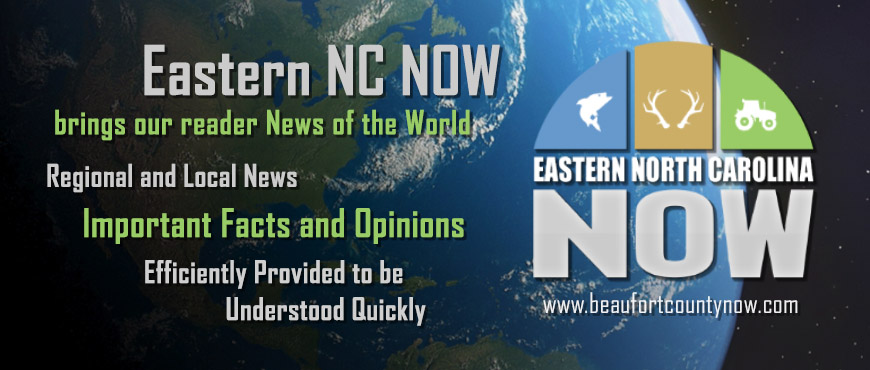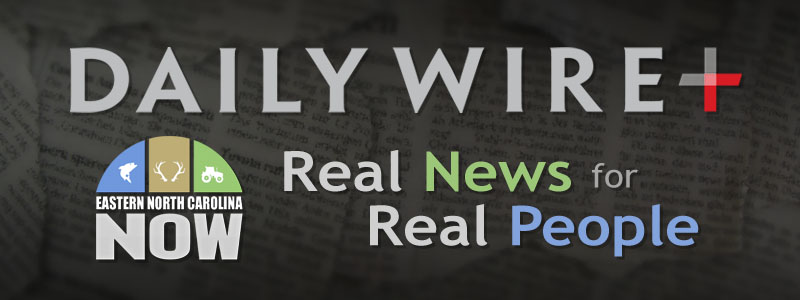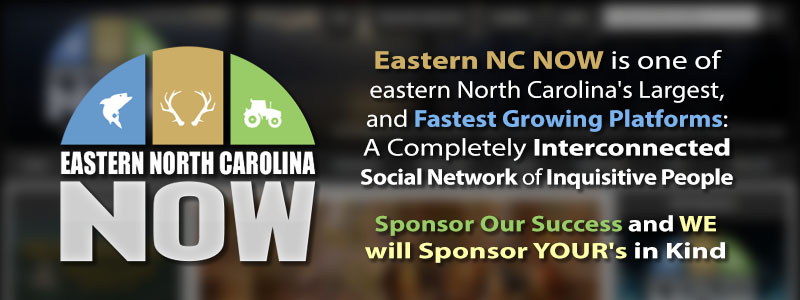The first occurs during ages 2-7, with a second one occurring during adolescence. At the start of these periods, the number of connections (synapses) between brain cells (neurons) doubles. What this means is that 2-year-olds have twice as many synapses as adults. Because these connections between brain cells are where learning occurs, twice as many synapses enable the brain to learn faster than at any other time of life. Therefore, children's experiences in this phase have lasting effects on their development. The opportunity to learn is great, children have an enhanced ability to soak in a wide range of skill sets, but the brain still needs a lot of re-modeling before it can function as an adult brain.
And then there is the second phase, in adolescence. The brain re-modeling happens intensively during adolescence, continuing until a child is in his or her mid-20s. Brain change depends on age, experience, and hormonal changes in puberty. During adolescence, the brain undergoes a process known as
"pruning." The frontal part of the brain, the prefrontal cortex, is pruned or re-modeled last. The prefrontal cortex is the decision-making part of the brain which is responsible for a child's ability to plan and think about the consequences of actions, solve problems and control impulses. Changes in this part of the brain continue into early adulthood.
Essentially, teenagers are working with brains that are still under construction.
The combination of a child's unique brain and environment influences the way he or she acts, thinks and feels. For example, the child's preferred activities and skills might become 'hard-wired' in the brain.
Why is this important and critical? It's important because the school-age years have the great potential of making the most permanent influence on a child. Preferred activities and viewpoints have the potential to become
"hard-wired' in their brains. School activities and sports pose a healthy influence on children; teaching (ie, indoctrinating) such progressive and controversial doctrines and policies pose an unhealthy influence on them.
These are the years when parents, family, and the church are the rightful parties to influence them on moral and social issues. Certainly, the progressive school system is not. Teachers do not know better than parents. The indoctrination, the personal values, views, and politics of teachers and school officials must never supersede or undermine the values and views of a child's parents, family, and church. Teachers and progressive school policies pose a potential danger to the development of a child's brain development.
This article explores just a few of the failures affecting the American public education system today. We'll also explore five of the biggest emerging trends in American education.
Policymakers are constantly fighting to make changes to the American public education system, and not all of them are beneficial. Over the years, there has been a great deal of back-and-forth that has left the public education system in shambles. Some of these problems are easy to identify and have been long-standing issues while others are new, brought about by advances in technology, changes in policy, and general change that happens with time.
Every story has two sides, and for every policy or program put into place, there are going to be proponents and critics. Below you'll find an overview of some of the biggest issues facing the American public system as well as arguments from people on both sides of the issue.
1. Parents are not Involved Enough - Teachers in public schools can only do so much to support their students. When the students go home for the day, the state of their home life can impact their development both personally and academically. In cases where parents lack higher education, they may not be able to provide the assistance students need to learn and to complete homework. Students in low-income families face additional challenges at home, though even middle- and upper-class families aren't off the hook. In many families, parents are too career-focused and have little time to spend supporting their child's education.
2. Problems with the Common Core Curriculum - The Common Core State Standards were developed to specify exactly what students should know before graduating high school. It was developed in 2009 to promote educational equity across the country, holding all students to the same standardized testing requirements. Some see the problem as a federal intrusion into the state control of education and others say that it doesn't allow for teacher innovation and flexibility with the learning process. Most states adopted the standards when they were introduced but more than a dozen have since repealed or revised them.
3. Emphasis on Standardized Testing - Along with Common Core, there has been an increased focus on standardized testing, especially during the No Child Left Behind years. Schools and teachers are judged based on student test scores which, many argue, is not a fair or accurate measure of efficacy. Many critics argue that standardized testing is one of the biggest problems in American education, suggesting that the pressure to produce high test scores leads to a teach-to-the-test approach and reduced focus on non-tested subjects like art.

4. Decline in School Safety - There has been a string of high-profile mass shootings in American schools, resulting not only in dozens of deaths but many debates about school safety. In one poll, over 50% of teenagers said they were worried about the possibility of gun violence in school. Teachers all across the country are faced with the problem of figuring out how to prevent attacks and protect the lives of students and personnel. Some suggest special straining for teachers and concealed weapons might make schools safer while critics argue that more guns in schools could lead to more accidents and injuries. Others suggest moving funding around to hire school safety officers, hiring veterans, or even asking for volunteer veterans to help keep school children, teachers, and personnel safe.
5. School Choice, Including Charter Schools, Voucher Programs, and Home Schooling - A particularly hot topic in education today is school choice. Charter schools and school vouchers allow parents to choose options other than traditional public schools for their children, while home schooling appears to be the most popular alternative choice. Home schooling allows the parents to completely control their child's education and curriculum, and college admissions offices admit that their best applicants have been home schooled. Charter schools are funded by a combination of private and public funds and operate outside the public school system. School vouchers allow parents to use public funds to send their child to a school of choice, including private schools. Supporters of school choice assert that
"money should follow the student" while critics complain that charter schools and voucher programs siphon funds away from public schools that are already struggling financially.
6. The Dilution of a Sound, Basic Education with Non-Essential and Non-Value-Added Progressive Policies and Curriculum Additions - Education is being replaced with INDOCTRINATION. While state boards of education and local boards of education are responsible for providing a robust, sound, and basic education (which is the rightful expectation of parents) and in most cases are constitutionally tasked
"to guard and maintain the right to a sound, basic education for every child" in the state's public schools," they make decisions for our students (and in disregard of parents) that go completely against those expectations and instead push all kinds of non-value-added, harmful, and perverse progressive and leftist policies down the pipeline to all local public schools. [Note, the North Carolina Supreme Court determined in the 1997 case of Leandro v. State that children in NC are entitled to a
"sound basic education".
What are these progressive policies? They actually have various names and take various forms:
- Critical Race Theory (CRT)
- Social Emotional Learning policies (SEL)
- Panoramic Surveys (and other Identity surveys)
- Equity & Inclusion Programs (Advancing Social Justice, Racial Equality, and the stressing of 'Equity' over 'Equality')
- LGBTQ policies and programs
- Transgenderism and Gender Fluidity lessons
- Progressive and Inclusive Sex Education in Health classes
- Pornography in public school reading material
Critical Race Theory policy is perhaps the hottest issue that has parents all across the country up in arms over what is going on with the public school system and what is wrong with the public school system. CRT is all about indoctrinating students with anti-American history and divisive concepts regarding race. It asserts that the United States is historically, systemically, and structurally racist because that is how white persons can continue to benefit. Rather than bringing students together with love and respect for one another, and with an appreciation of our
"differences" and our
"diversity" (which, incidentally, supporters of CRT claim is our greatest strength), CRT divides students along racial lines, having them look first at skin color rather than looking at the
"content of one's character."
Derrick Wilburn, an African-American father and pastor, told a school board back in August 2021:
"CRT in the classroom is taking our country in the wrong direction. Racism in America would, for all intents and purposes, be dead today if it weren't for certain individuals, a certain political party, and certain institutions keeping it on life support. Putting CRT in the classroom does nothing to combat racism. What it really does is to fan the flames of what little embers remain of this toxic and divisive form of discrimination. Members of the board of education, let racism die the death it deserves."
Another hot issue is gender identity and the counseling and questioning by school officials of students regarding such. Parents have become horrified to discover that their school policy allows for, and implements, plans to help
"transition" gender-confused children, without parents' knowledge or consent. In some instances, school officials were instructed to use the students' correct name and pronouns when speaking with parents, but transgender names and pronouns when parents weren't present. Why are schools all of a sudden sexualizing of children, including small children. Remember what I wrote at the very start of this article - about the underdevelopment of a child's brain and their inability to rationalize and analyze. When did it become the responsibility of the public school, a government institution, to discuss and question a child's gender identity? The way I see it, such a conversation would only confuse a child and eventually cause psychological issues.
How do any of these policies and programs and curriculum additions further a robust
"sound, basic public school education"?
7. The Transformation of an Institution for Education Into One That Performs Therapy - Parents are outraged that teachers and school officials are instituting counseling, including for gender identity issues and gender dysphoria, social emotional learning policies (SEL), and panoramic surveys to mine personal information on children.
SEL, according to progressive school board members and school administrators, helps school officials find out about students' emotions and social awareness in order to help them manage in the public education setting. How do school officials gather this information? They pass out a survey, a series of very personal questions asking about the child's outlook, emotional status, gender status, home life, religious status, relationship with mother, relationship with father, inquiring if there is both a mother and father, asking how much time he or she spends alone at home without a parent in the house, asking if daddy hits mommy, asking if the child has been abused by a parent, asking if there is a gun in the house, asking if the child has had sexual relations and if so, with how many partners, asking if the student needs to speak to a counselor, etc. The questions, aside from being very (and unnecessarily) probative, intrude most directly on a child's right to privacy and the right of his or her parents to safeguard the information that the public school (and by extension, the government) collects. (Violation of privacy and a violation of parental rights). But the questions don't stop with an inquiry as to the child's emotional and psychological well-being. They ask unacceptable questions about sexuality and gender (unacceptable for the age and development of school-age children) as well as questions that can be used to report the child and the family to the departments of social services and to the local law enforcement agencies.
Panoramic Surveysare a series of carefully-designed questions, intended to pull students' information together in one report apparently to give the school system insight into their individual identity, their emotional status and vulnerability, and psychological status and vulnerability for the purpose of helping to
"improving student outcomes." The explanation sold to parents and to the community is that Panorama surveys provide a valid and reliable way
"to measure and improve social-emotional learning (SEL) in the public school system." SEL and Panorama have an incestuous relationship; SEL requires invasive Panorama Surveys to be administered to 1.5 million public school children via a software program attached to their student identifier number. Children are their sexuality, race, nationality, and about their lifestyles and safety at home. As if these series of questions aren't enough, school-age children are also asked to complete a psychiatric evaluation.
A number of school systems all across the country are utilizing Panorama to collect student data - including information not related to
"engagement and connection to the school community." Why are they doing this?
8. Equity in Education. Many believe that equality, rather than equity, should be the proper policy in the public school system, if it is to properly prepare students for the real world. Equity in education implies and indirectly teaches students that there is a dual social system - one for some people and another for minorities (mostly for minorities, I should say).
"Equity in education" is the process of reforming practices, policies, and procedures at the school and district levels to support academic fairness and inclusion and ensure that every child has the resources, teachers, interventions, and supports they need to be successful. Equity, which is determined on a student-by-student basis, is giving specific resources and support to disadvantaged students to bring them up to the same opportunity level as their peers. In more simple terms, those who need more get more.
9. Teaching Methods Are Changing, Thanks to Diversity & Inclusion Policies - The teaching methods of yesterday which have been based on the competition method (which reward students who work the hardest, study diligently, and invest in their education and get the best grades) are being replaced by
"group think" and
"group work/group projects" methods. The
"competition" method has been criticized as being racist, with white students apparently benefitting most, while minority students aren't successful using that method. They apparently learn best in groups, sharing in grades and often leaning on the smarter students to complete assignments and projects (after all, the smarter students would never allow themselves to get a substandard grade).
10. The Substitution of Teachers and the School System for the Child's Parents - Parents all across the country are getting off the couch, out of the kitchen, and out of their homes to confront their boards of education complaining that their
"parental rights" are being disrespected and ignored. Many schools feel it is their job and their responsibility, and not the parents', to make decisions for the benefit and in the best interests of the child. They are demanding that their state governments and local boards of education adopt a formal
"Parents' Bill of Rights." A sample Parent's Bill of Rights might look something like:

























